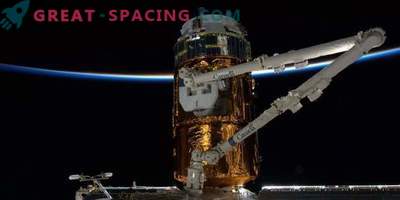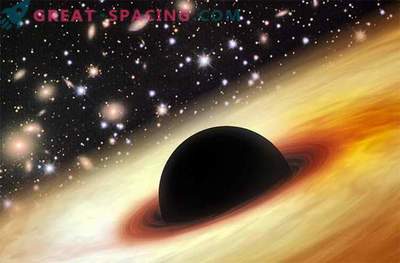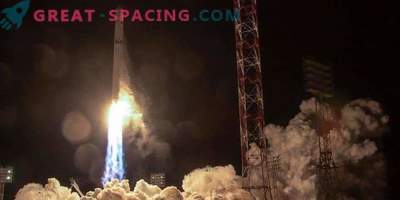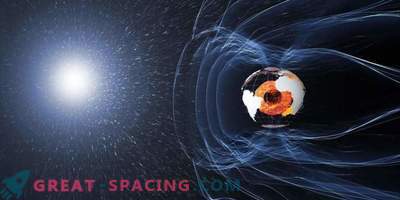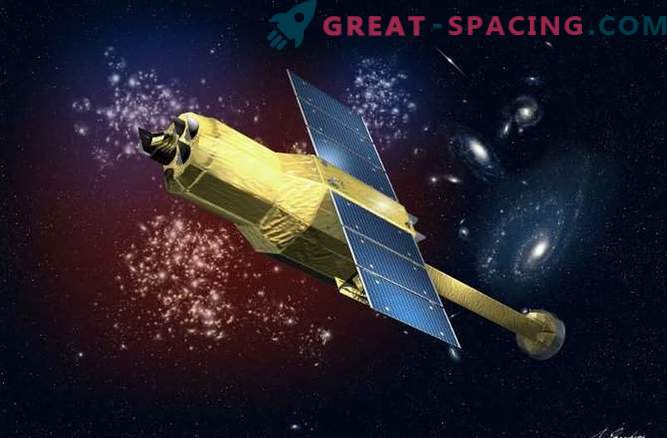
Dozens of space explorers are desperately scouring the sky after losing a Japanese satellite, worth a quarter of a billion dollars, which was designed to study black holes. Hitomi’s ultra-high-tech satellite, or eye, was now supposed to send messages from orbit, but the Japanese Aerospace Agency (JAXA) said that at the moment no one can tell exactly where it is.
The device had a brief contact with terrestrial services, but has since disappeared, and American researchers report that it could have collapsed into several parts.
"We take the situation seriously," said Saku Ttsuneta, director of the Space Research and Astronautics Institute at JAXA, at a press conference on Sunday.
JAXA employed about 40 technicians, trying to locate the spacecraft and establish some kind of connection with it, an AFP agency representative said on Monday.
“We know about where he is,” a spokesman added, but scientists are still trying to determine its exact location.
The satellite, developed in collaboration with the US space agency NASA, as well as various other groups, was launched on February 17 and was designed to observe x-rays emanating from black holes and clusters of galaxies. Black holes have never been directly observed, but scientists believe that these are huge collapsed stars whose huge gravitational pull is so strong that nothing can escape it.
The announcement last month that gravitational waves were first discovered was added to the proof of their existence after scientists discovered waves that were caused by the collision of two huge black holes.
The dead satellite, which cost 31 billion yen ($ 273 million), together with the cost of its launch, was to be in orbit at an altitude of about 580 kilometers (360 miles).
The Japanese rocket carrying the satellite was launched by the H-IIA rocket from the main launch of the country at the Tanegashima space center in southern Japan.
Japan has a massive space program, and the country has succeeded in scientific and commercial satellite launches. She sent astronauts on the Space Shuttle and missions to the International Space Station.

